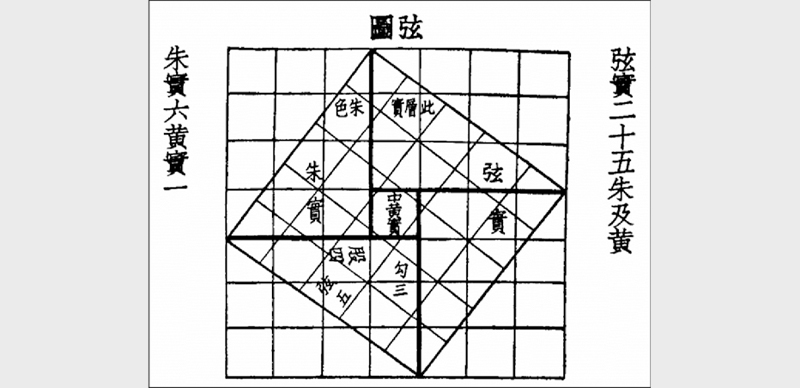Ancient Chinese Mathematics and Its Influence on World Mathematics
Speaker
Professor Lam Lay Yong
Since she joined the Department of Mathematics in 1960 as Assistant Lecturer, the University underwent 3 changes in names: University of Malaya in Singapore, University of Singapore and National University of Singapore.She was promoted to Professor in 1988 and retired in 1996.
President of the Singapore Mathematical Society, 1985 &1986 and a Member of the Executive Committee, International Commission on the History of Mathematics, 1986-1993. Associate Editor, Historia Mathematica, Academic Press, USA, 1974-1990; Member, Editorial Board, Archive for History of Exact Sciences, Springer-Verlag, Germany, 1987-1996.
She has published 2 books and over 30 papers in international academic journals which include: The British Journal for the History of Science, Archive for History of Exact Sciences, Isis, Historia Mathematica, Archives Internationnales d’historie des Sciences.
She was elected a Corresponding Member of the International Academy of the History of Science in 1986 and an Effective Member in 1995.
“In recognition of outstanding contributions to the History of Mathematics and an outstanding career devoted to scholarship”, she was awarded the Kenneth O. May Medal by the International Commission on the History of Mathematics. The Medal, which is awarded once every four years, was presented to her at the International Congress of Mathematicians 2002 held in Beijing.
Abstract
The lecture will focus only on the mathematics in ancient and medieval China that had influenced and played important roles in the development of arithmetic and the beginnings of algebra.In the second part of the lecture, the speaker will be presenting her arguments and supporting evidence regarding her thesis that the numeral system that is universally used today, commonly spoken of as the Hindu-Arabic numeral system, has its genesis in the Chinese rod numeral system.
Audience
–
Date
28 September (Saturday) 2002 / 10-11am
Registration Fee
–

